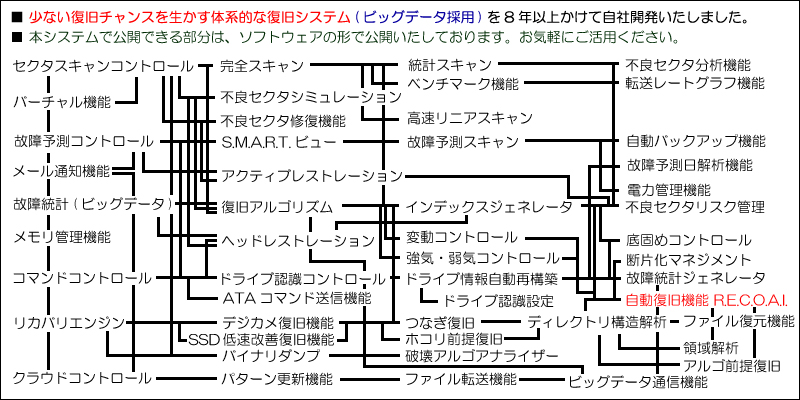Classification of Transaction Types and the Limits of AI-Based Validation
When a transaction occurs, its characteristics can be classified into four distinct types:
- Standard and Secure Transactions
- Non-Standard but Secure Transactions
- Standard but Insecure Transactions
- Non-Standard and Insecure Transactions
Bitcoin Core, and similar blockchain implementations, perform hardcoded checks before a transaction is accepted into the memory pool (mempool). During this validation, types 2 and 4 are rejected, distinguishing non-standard transactions from standard ones.
Type 1 is the normal, intended case: standard and secure—it poses no issue.
The real problem lies with type 3: standard but insecure transactions.
This third type presents a dynamic threat because it is valid under hardcoded rules, yet structurally vulnerable. As such, it cannot be filtered out by static checks alone, prompting the need for AI-driven reasoning.
The Limitations of AI Monitoring After Mempool Admission
Initially, it seemed possible to mitigate type 3 attacks by deploying AI monitoring across all nodes to detect and eliminate such transactions. However, this approach is overly optimistic.
Why? Because:
- Once a transaction enters the mempool, it is extremely difficult to revoke.
- Any attempt to cancel or suppress a transaction post-admission introduces ambiguity: Was this rejected by AI? Was it a false positive? Was it malicious censorship?
This ambiguity opens the door for legitimate transactions to be falsely flagged, potentially resulting in denial-of-service attacks disguised as “AI moderation.”
Pre-Mempool AI Validation: Still Ineffective
A more proactive idea is to run AI validation before a transaction enters the mempool, rejecting insecure-but-standard transactions at the node level.
While theoretically effective for that node, in practice, this method fails due to the decentralized nature of blockchain.
Consider:
- A malicious actor does not need to broadcast the transaction to your protected node.
- They can simply release the transaction to a less secure node—one that does not implement such AI validation.
And once the transaction is accepted into any mempool:
- Mempool propagation takes over.
- Your AI-protected node will still receive it indirectly.
- Once included in a block by a miner, the transaction is finalized and irreversible.
This invalidates the entire defense strategy.
Even Cold Wallets Can’t Escape
This vulnerability extends beyond hot wallets:
- Cold wallets merely track scriptPubKeys and compute balances.
- They do not validate mempool activity or chain security.
- Hackers can construct a malicious transaction externally and broadcast it without wallet interaction.
Thus, wallet security is disjointed from transaction entry points.
The Inevitable Loop: No Final Defense
All existing approaches eventually collapse under the same fundamental truth:
Once a transaction enters the blockchain, it’s permanent.
No AI, no node-level firewall, and no offline cold storage will help after that point.
The only viable path forward is continuous iteration:
- Re-examine assumptions.
- Develop new concepts.
- Simulate outcomes.
- Adapt faster than the attackers.
There is no silver bullet.
But there is one known countermeasure, described [in this link].



